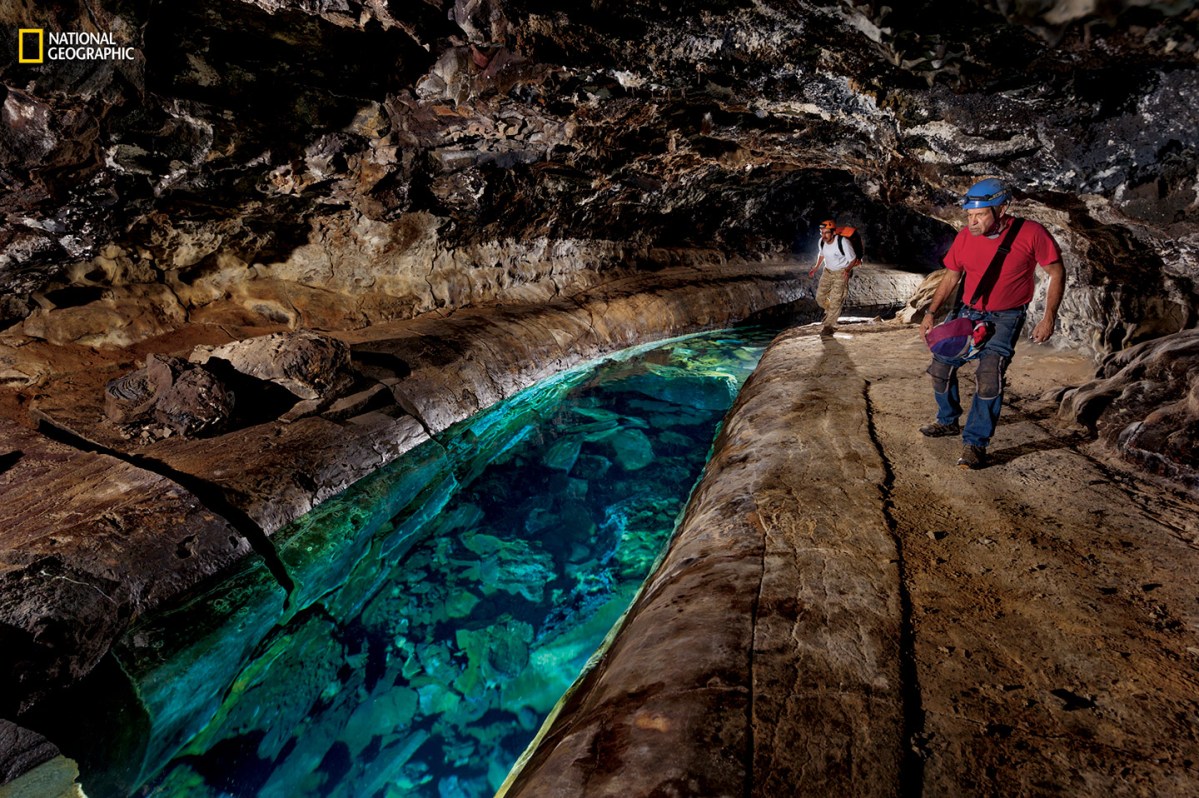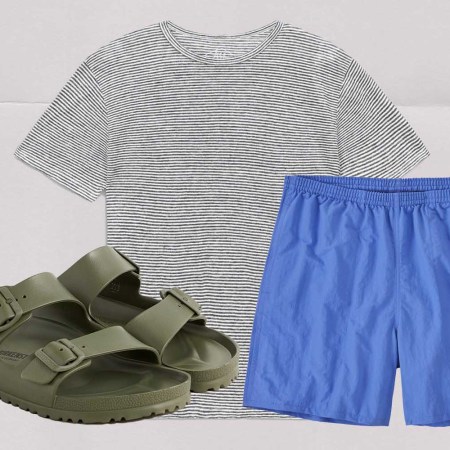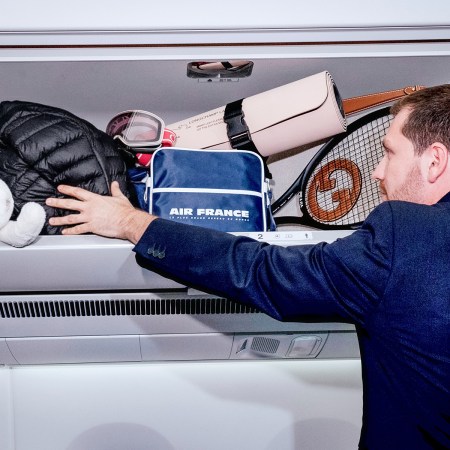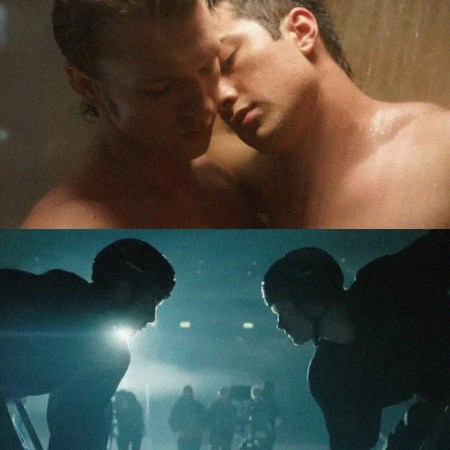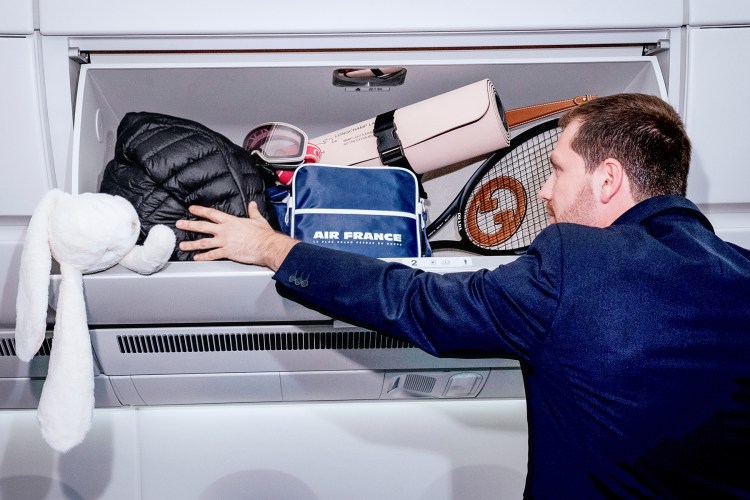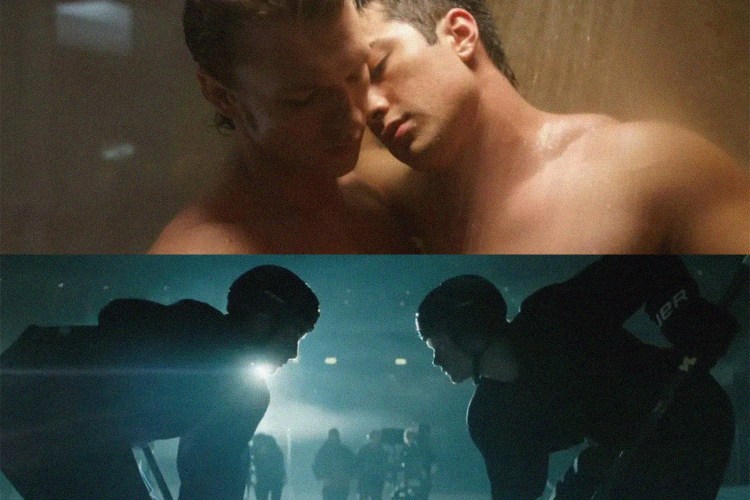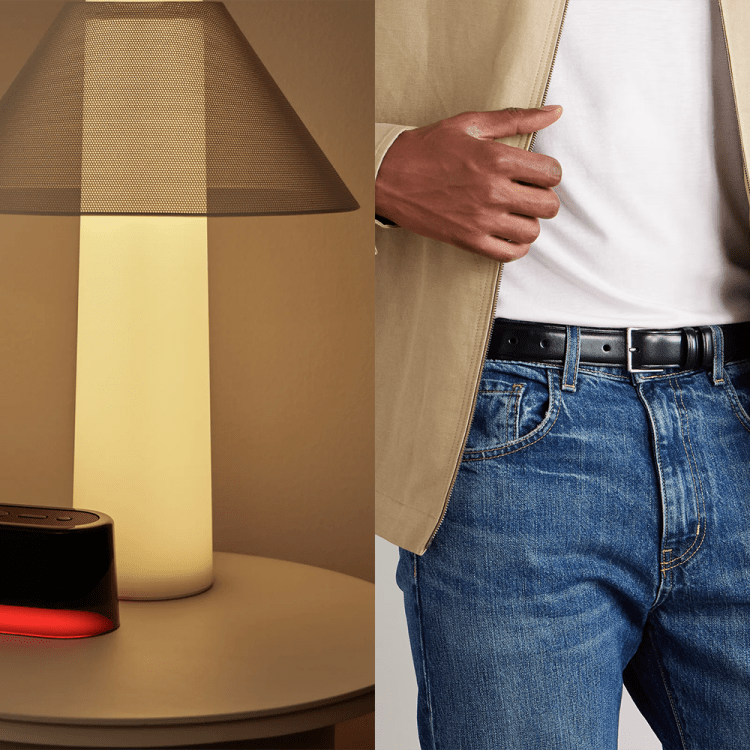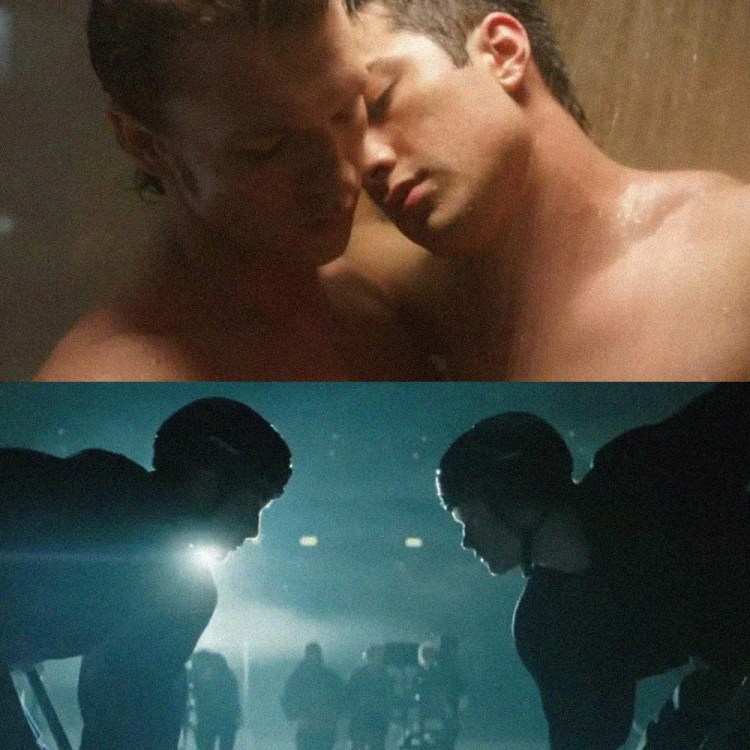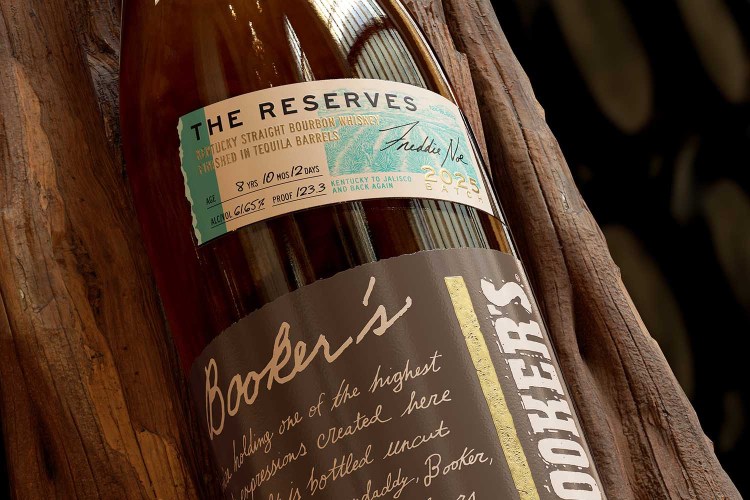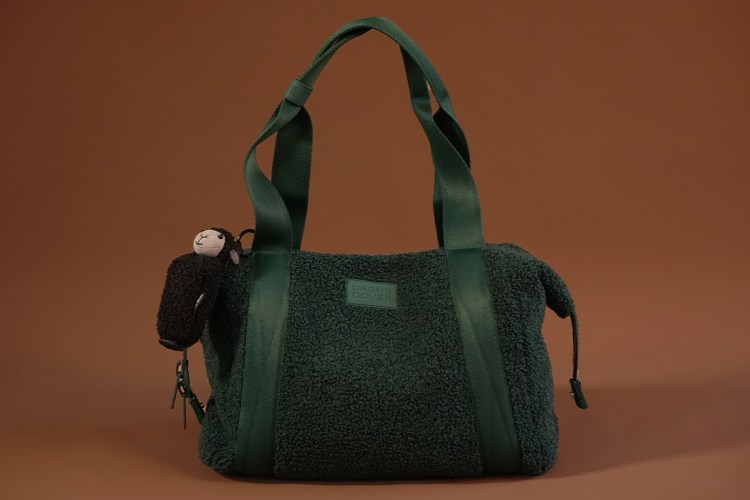The Hawaiian town of Ocean View is home to only 4,500 residents, the Mauna Loa volcano and an endless network of hidden caves.
Over the past two decades, Ocean View has become an international destination for cavers, travelers who come to explore and map the Kipuka Kanohina, a network of lava caves 15 to 80 feet beneath the town.
Lava caves, or lava tubes, are formed in a geological instant — sometimes a year or two, but sometimes weeks — by an eruption from the Earth’s crust.
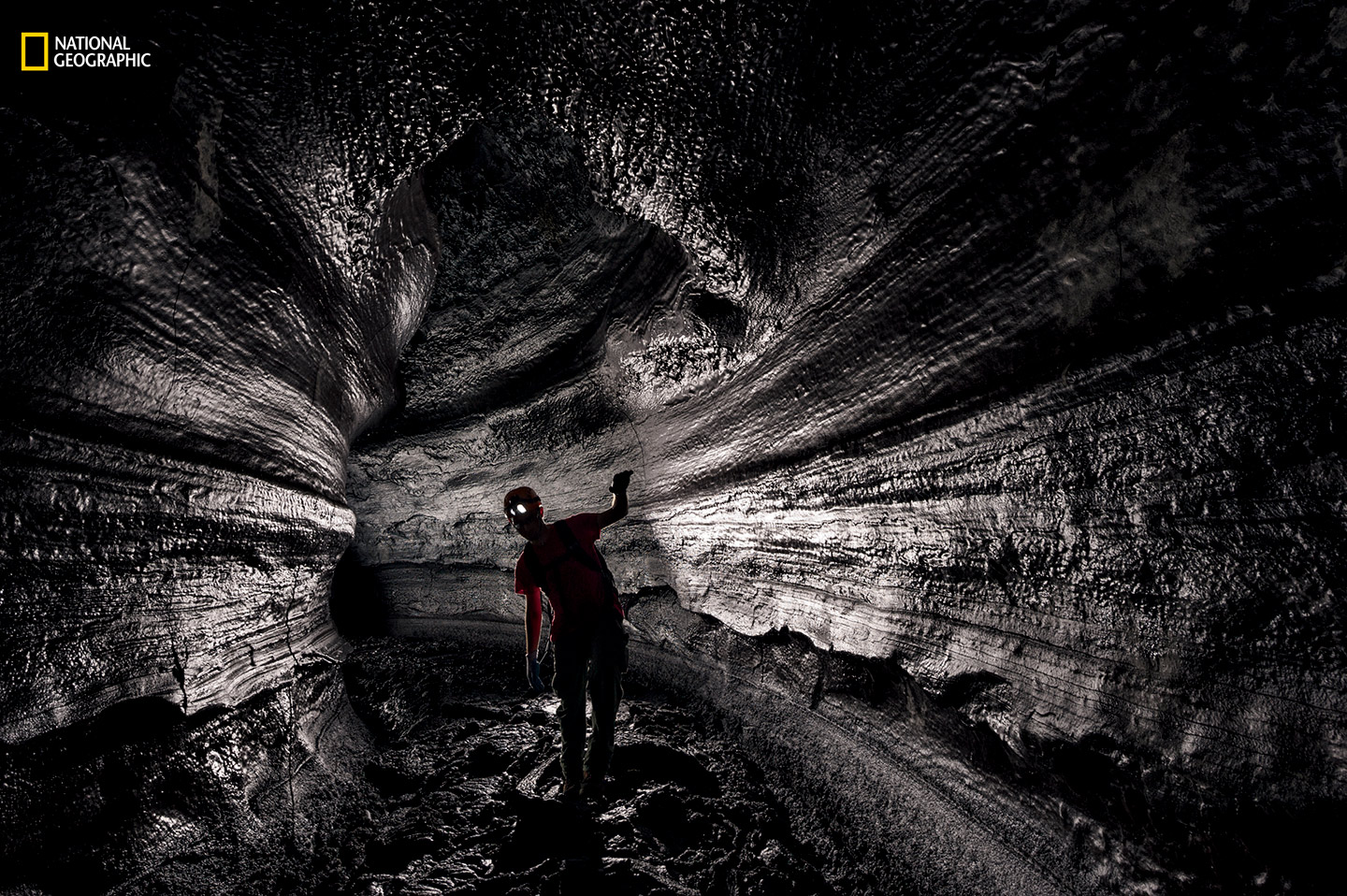
Most of Hawaii’s caves are formed by a type of syrupy lava flow called pahoehoe, National Geographic explains in its July issue. The lava pours down the volcano and is cooled by the air, solidifying to create “an elastic, skinlike outer layer.” But beneath that, the lava continues to ooze, eroding the ground beneath it and carving underground tunnels.
Hawaii probably has the most accessible lava tubes and Ocean View has become a prime place to explore them, including the 138-mile Lechuguilla Cave. Lechuguilla is widely regarded as one of the world’s most beautiful caves. National Geographic journalist Joshua Foer and photographer Carsten Peter followed veteran cavers Peter and Ann Bosted — who are full time residents of Ocean View — into a roadside cave entrance that they’d recently discovered.
Foer says the lava tube feels like it’s from another world: “Festooned with trippy Dr. Seuss–like ornaments, the lava tubes of Hawaii seem to belong on another planet.”
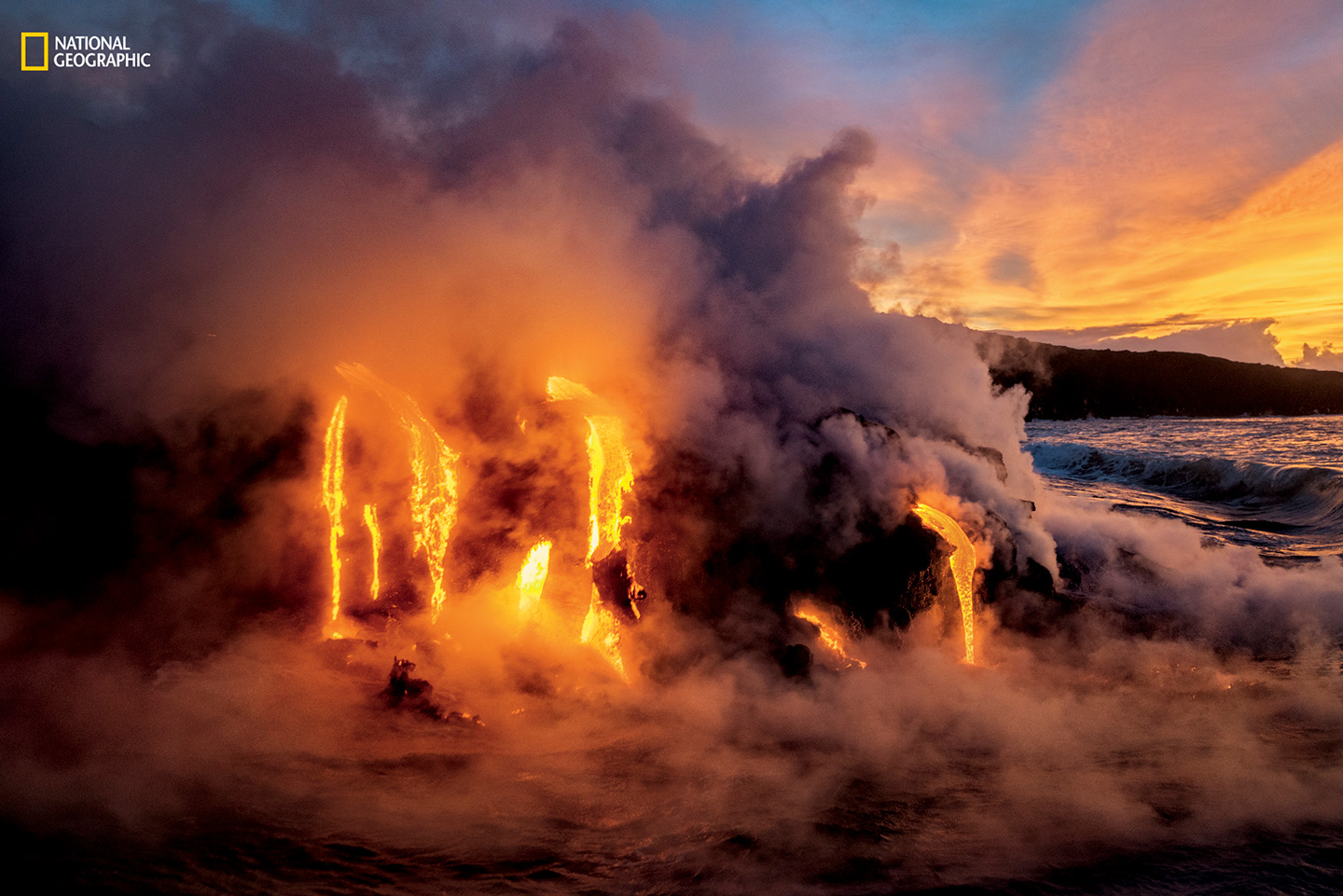
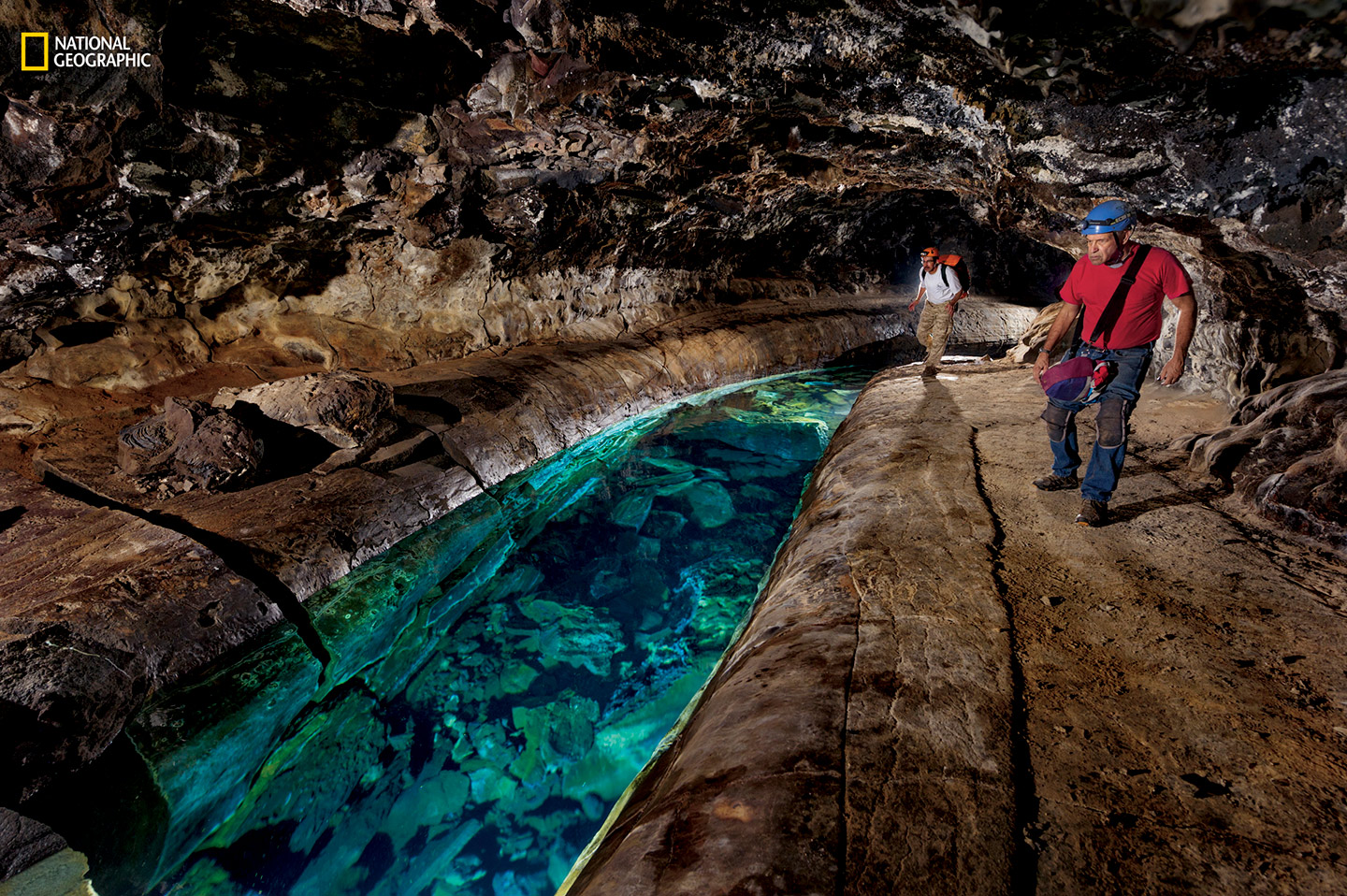
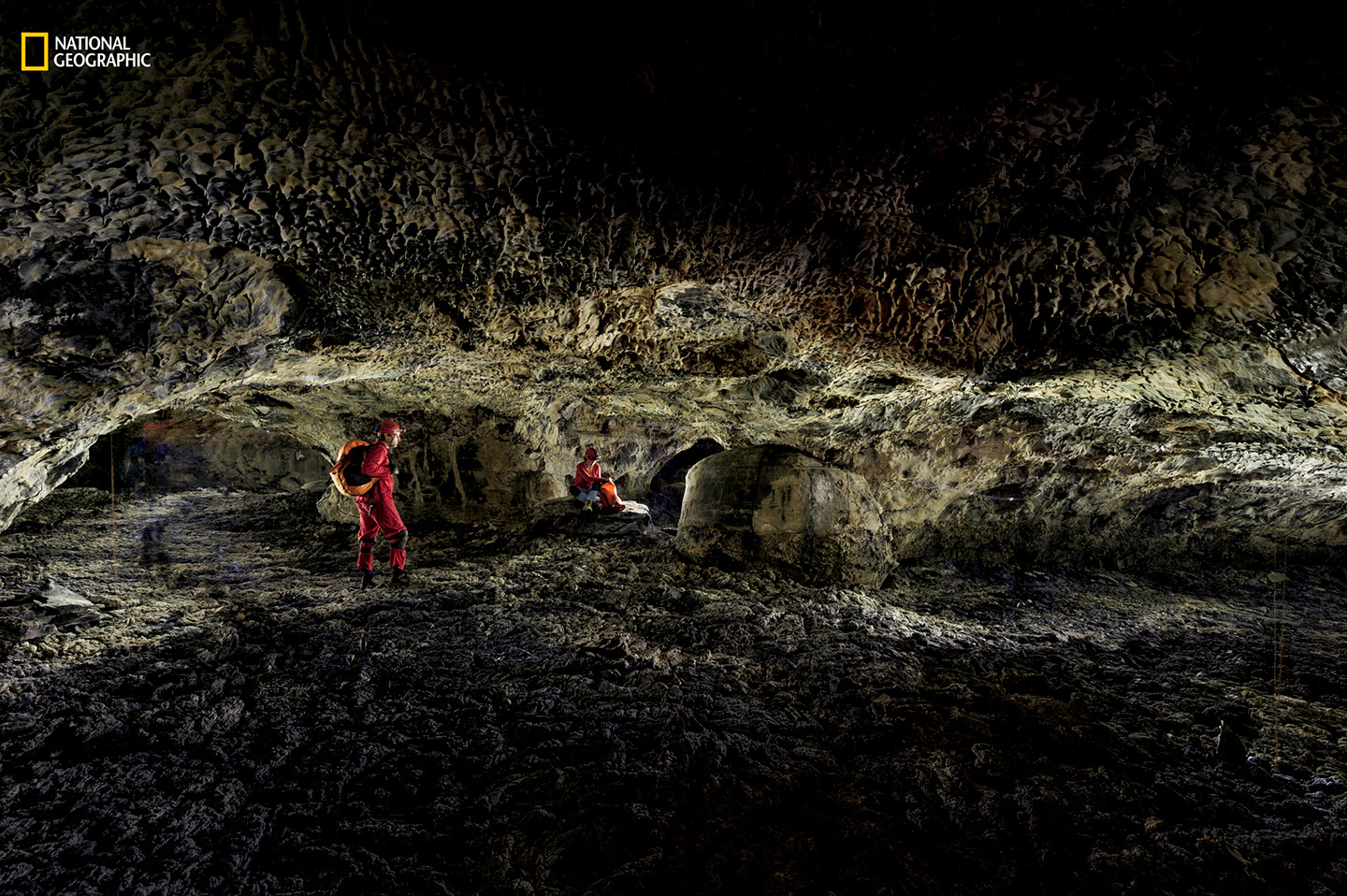

This article appeared in an InsideHook newsletter. Sign up for free to get more on travel, wellness, style, drinking, and culture.
